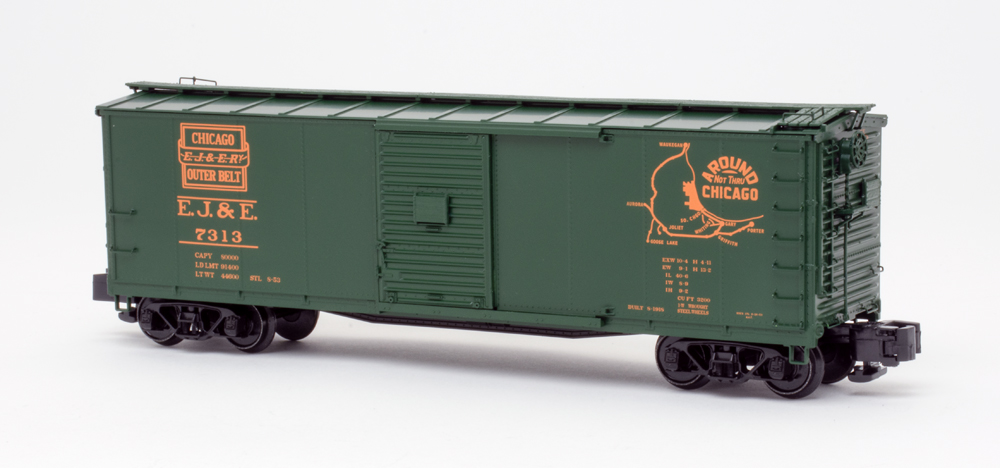
A finished S scale layout or individual model can be both visually and operationally impressive. However, getting the desired model may be somewhat harder than in a scale with more manufacturers and product offerings. As S scale modelers are quick to point out, modeling in 1:64 calls for inventiveness and perseverance. While there are ready-to-run […]
Read More…
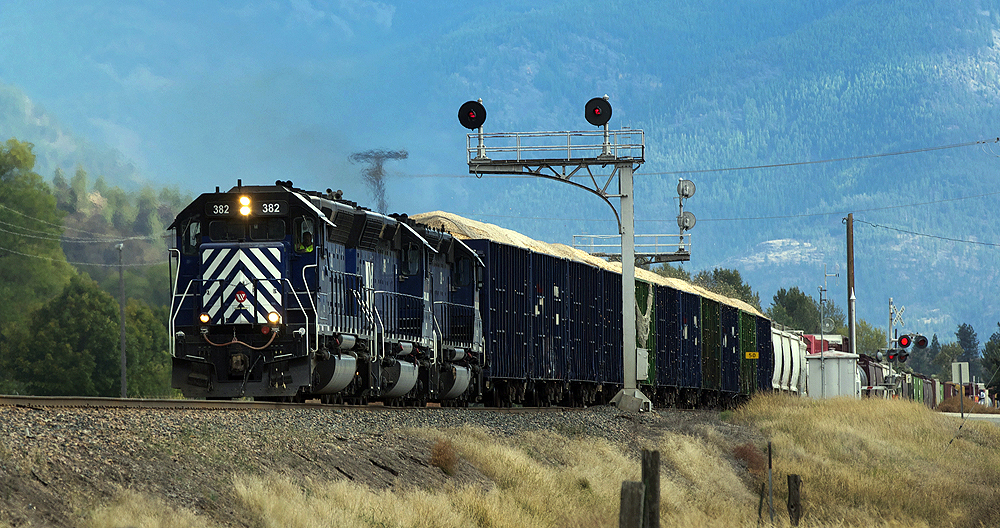
A common question newcomers to model railroading ask is “Why do railroads use signals?” The quick answer is to keep trains moving safely. But the topic of railroad signals deserves more of an explanation. The evolution of railroad signals When trains are running in the same direction on the same line, in opposite directions on […]
Read More…
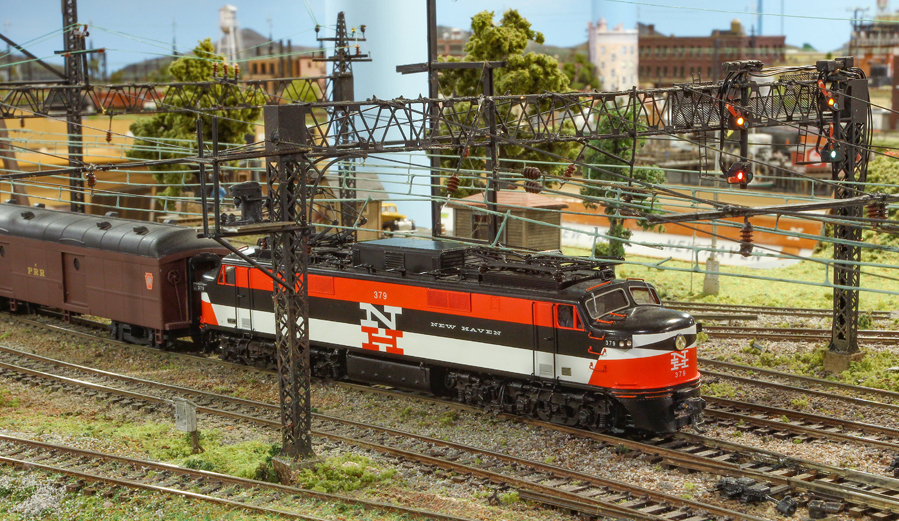
When you think about electrified rail lines today, the first thing that probably comes to mind is Amtrak’s Northeast Corridor. But in the first half of the 1900s, before the start of the diesel era, railroads used electrified lines to move freight and passengers. Examples in the east included the New York, New Haven & […]
Read More…
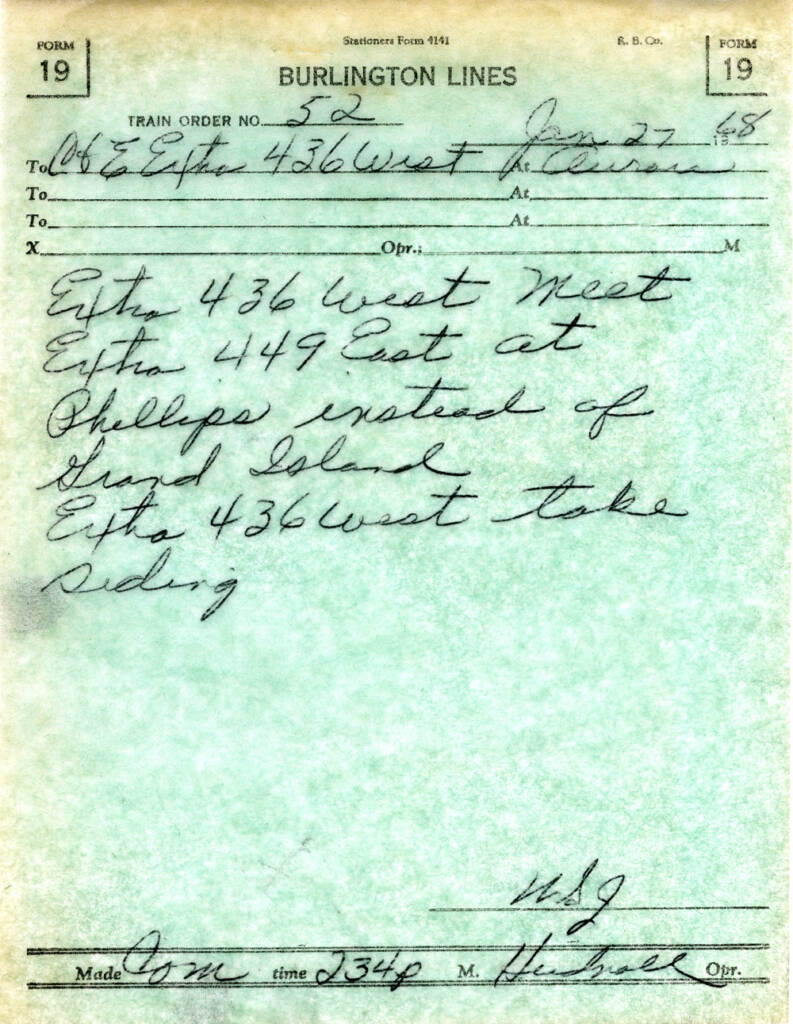
If you’ve read Model Railroader or many of our books and special issues, you’ve probably seen references to timetable-and-train-order operation, or TTTO for short. Employee timetables (ETT) that governed TTTO operation listed station names, mileposts, train numbers and classes, departure and arrival times, and operating instructions, among other items, to govern train movements. So why […]
Read More…
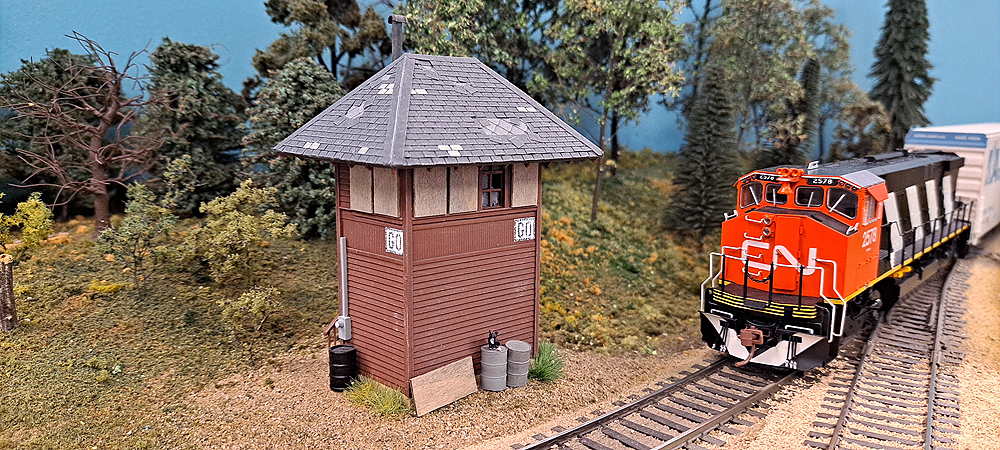
What are railroad tower operations? Railroad tower operations can have at least two meanings. One is what happens inside a tower, or more specifically, an interlocking tower. The other is a way of running a railroad, by using the operators in interlocking towers to control traffic through specific points of the railroad. So, why do […]
Read More…
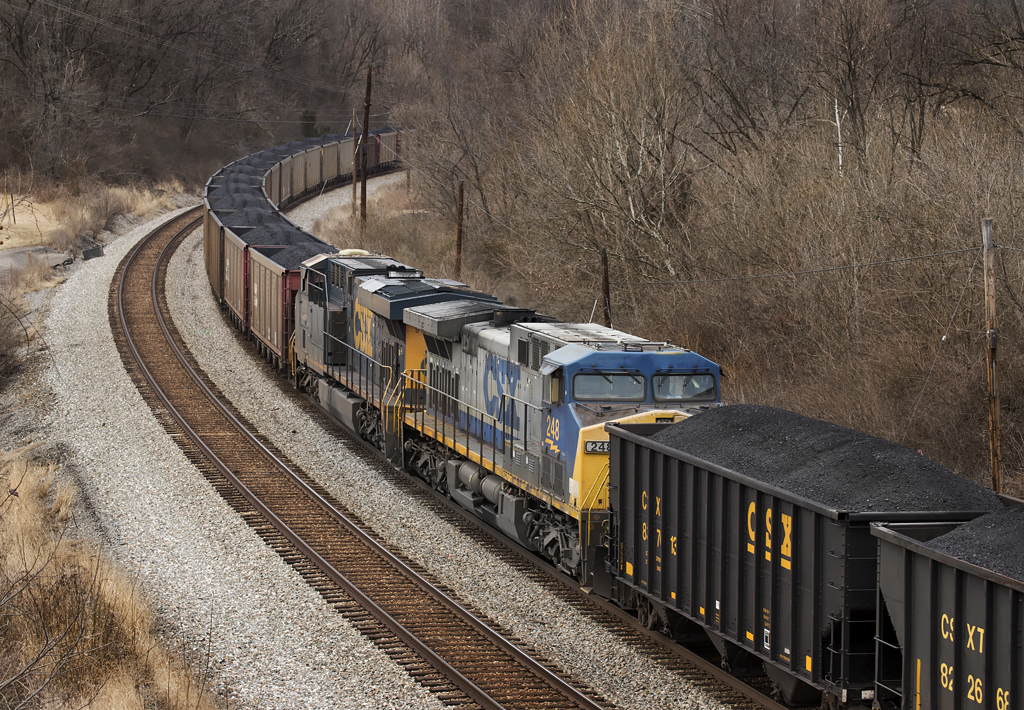
Distributed Power 101 Modern railroads are one of the most efficient modes of transporting freight across long distances. Occasionally in railroad freight service, the need will arise for multiple locomotives to efficiently transport freight. But where in this hypothetical freight train should the locomotives be placed? Distributed Power (DP) is an operating practice where locomotives […]
Read More…
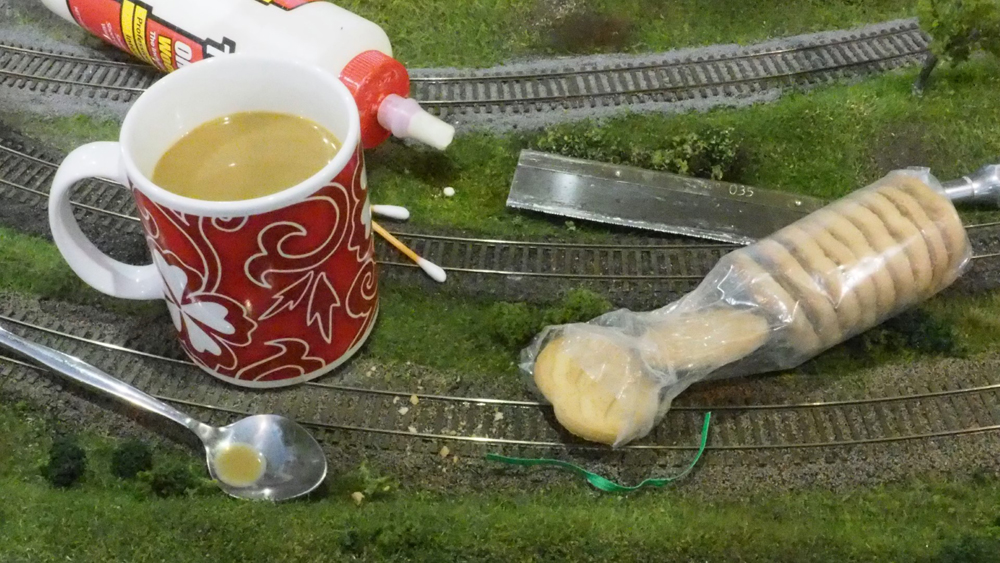
Tips for keeping your model railroad layout clean: A clean layout is fun to run, fun to work on, and fun to look at. Unfortunately, the three D’s – dust, dirt and debris – are in season all year long and can make keeping a layout clean a constant, time-consuming job. Here are a few […]
Read More…
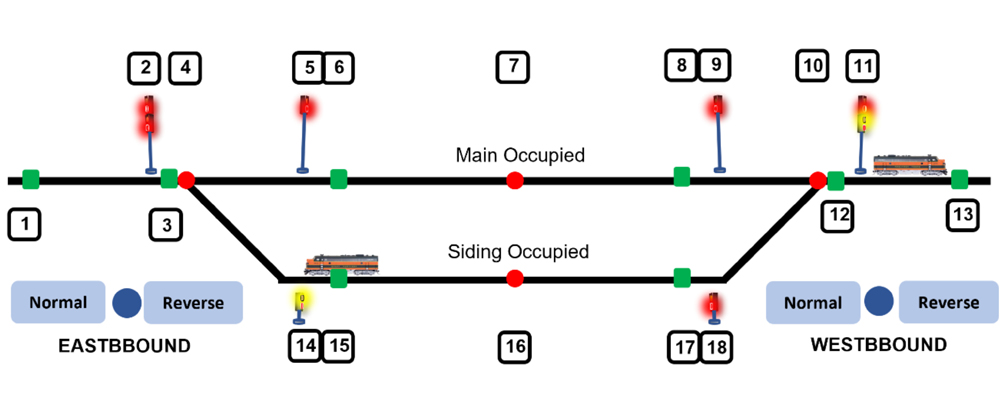
The following project is an update of Gary D. Patterson’s “Simplified CTC signals” in the July 1988 issue of MR. Bringing the project up to date was a large endeavour. The block control project now incorporates “all” solid-state components controlled by an Arduino microcontroller. I refer to this updated article as “CTC Signals 2.0.” The […]
Read More…
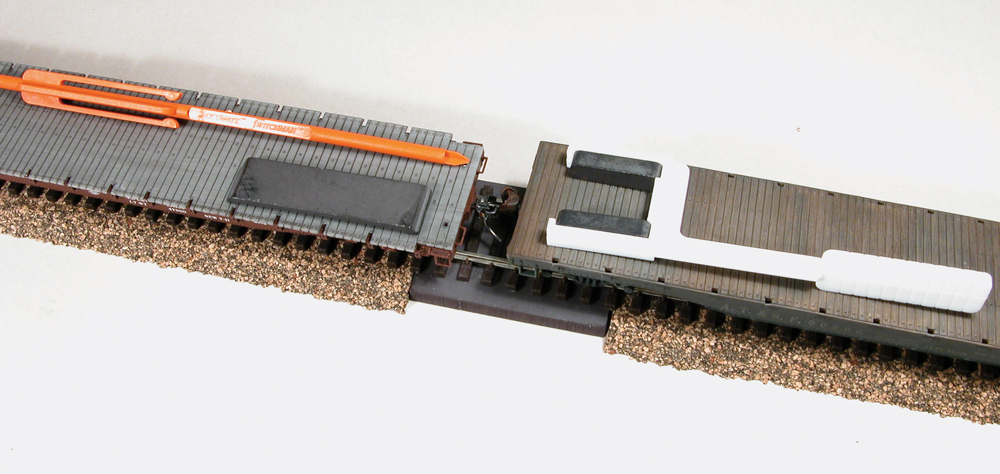
Automatic knuckle couplers have been a part of model railroading for more than 60 years. Not only do these couplers look more like what you see on full-size locomotives and freight cars, they’re easy to install and use. You can learn more about them in my articles on HO and N scale couplers on Trains.com. […]
Read More…
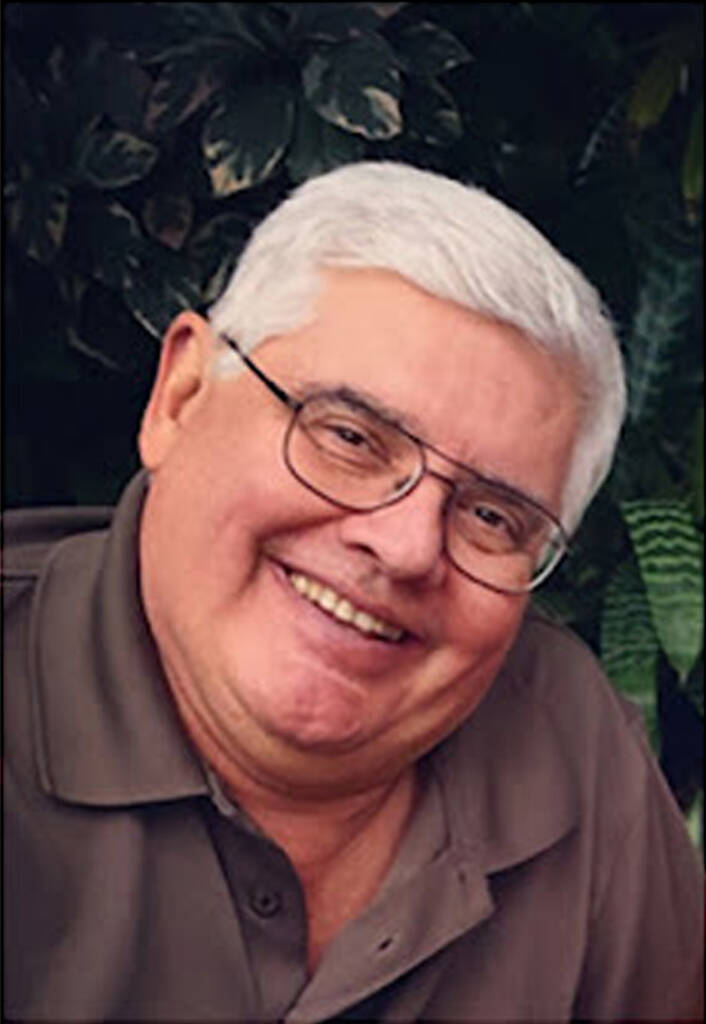
A friend to many model railroaders and a leader in operations, track design, and the history of the Pennsylvania Railroad, Bill Neale passed away on December 28,2023 after a brief illness. He was 74. Bill started his model railroad career at an early age. He became a lifelong member of the National Model Railroad Association […]
Read More…
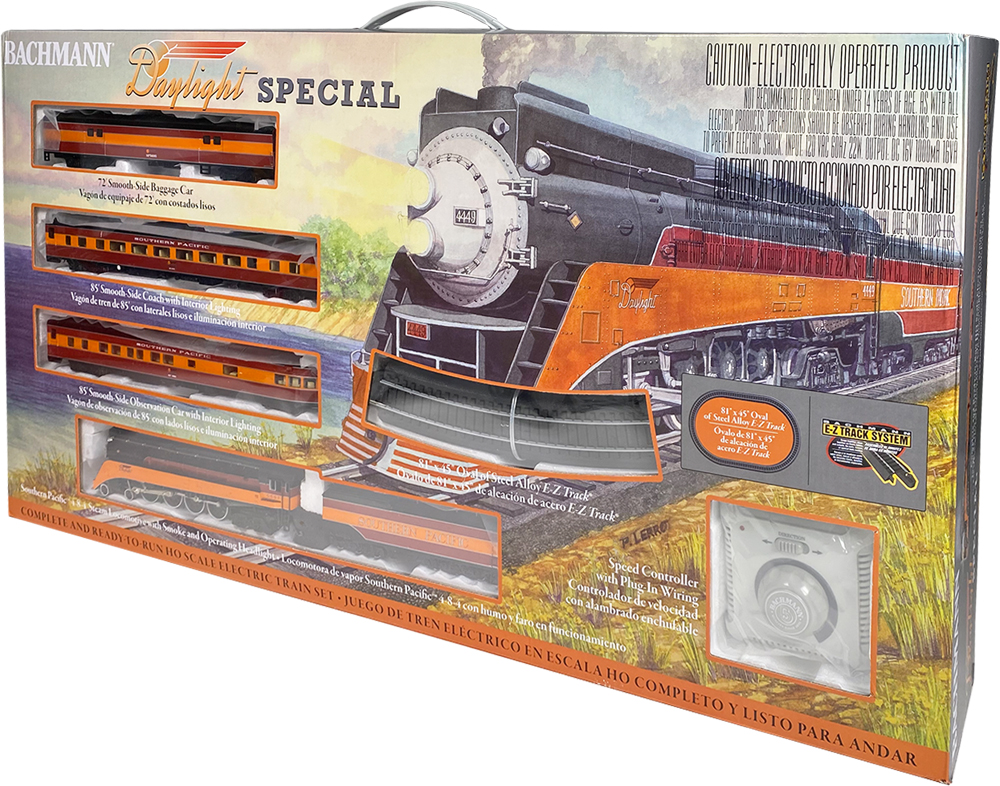
If you’ve read Model Railroader magazine for any length of time, you’ve probably noticed the hobby journey for many of our authors started with a train set. For baby boomers, born between 1946 and 1964, the set was often produced by Lionel or American Flyer. Fast forward a generation or two, and those sets were […]
Read More…
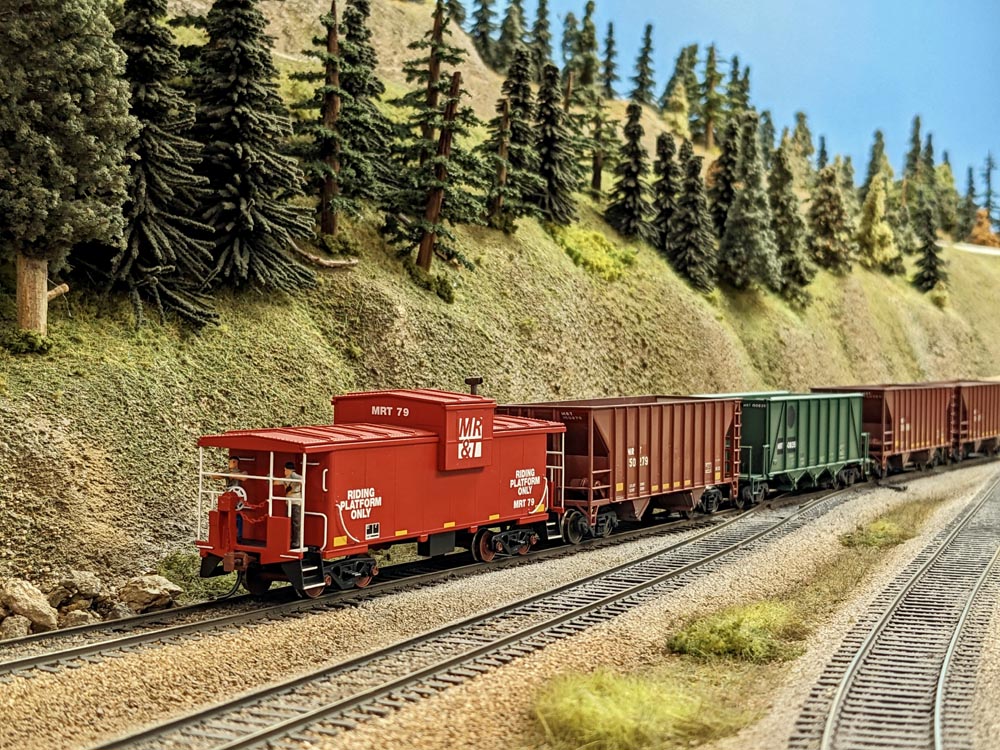
Cabooses (no, not cabeese) were a common occurrence on freight trains throughout most of the 1900s, yet we rarely see them today. Why is that? When did they stop operating? Where did they go? And lastly, how can I model the last days of the caboose on my layout? Why? In one word: technology. Advances […]
Read More…












